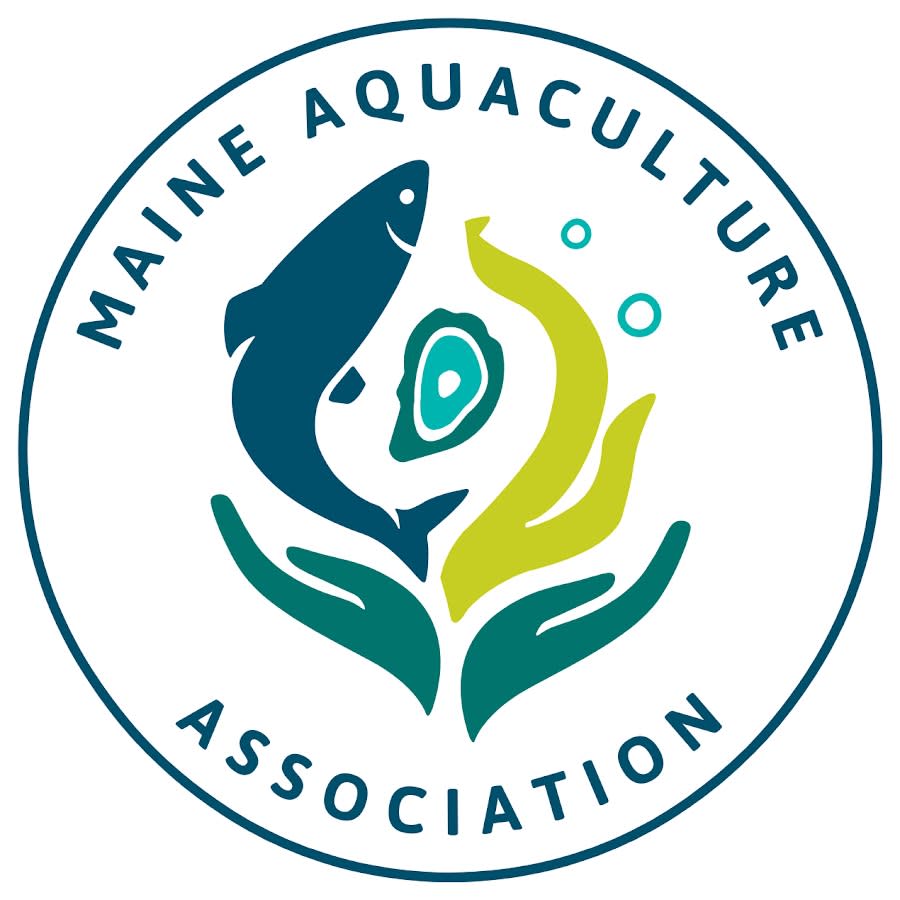
Consumer Study Highlights Paths Forward for U.S. Grown Seaweed
The Maine Aquaculture Association (MAA) has released its first national report analyzing U.S. consumer preferences for edible seaweed products, offering new insights to help America’s growing seaweed sector strengthen its foothold in the domestic market.
The survey report responds to a central question raised across the U.S. seaweed sector: who wants to eat seaweed, how do they want to eat it, and why? Seaweed farming in Maine has expanded rapidly over the past decade, but barriers remain in introducing this sea vegetable to the average American plate. This report provides guidance for seaweed growers and processors aiming to connect with consumers and bring compelling new products to market.
“This research helps answer the questions we hear from seaweed producers every day,” said Christian Brayden, Project Manager at the Maine Aquaculture Association and lead author of the study. “There’s growing excitement around seaweed as a sustainable, tasty, and nutritious ingredient.”
As the seaweed sector continues to scale, consumer acceptance will be key to realizing many other benefits—including the revitalization of Maine’s working waterfronts where seaweed is grown, harvested, and landed, often by fishermen using seaweed production to diversify their income. This also rings true for the continued growth of innovative, mission-driven food companies. Without a deeper understanding of U.S. consumer interest, these benefits risk being left on the table.
Given that the average American palate has historically been slow to embrace seaweed, the study explores which products may resonate most with domestic buyers—and which consumers are most likely to purchase them.
To answer these questions, Brayden conducted a nationally representative survey of 2,035 respondents, gauging their willingness to buy 10 different seaweed-infused products. Participants were also asked why they would or wouldn’t purchase each product, along with questions about their seafood preferences, demographics, and more.
The survey found that products where seaweed is added to a food that the consumer already likes—for example, seaweed teriyaki sauce or potato chips dusted with seaweed—draw the strongest willingness to purchase. This is especially true for products that are also ready-to-eat and in snack form. While health benefits play a supporting role in consumer decisions, they aren’t the driving factor. Consumers under the age of 45 also show the strongest willingness to buy seaweed products.
These results offer actionable insights for companies seeking to scale the domestic seaweed market. By identifying the most promising product formats and audiences, the report helps chart a path for future innovation, marketing, and consumer education efforts.
“Expanding demand for seaweed strengthens the entire value chain — from ocean farmers to processors to the vibrant coastal communities they support,” said Brayden. “With the right strategies, seaweed can go from niche to mainstream.”
The full report can be found here, and a two-pager infographic that summarizes the report and figures can be found here.
Any questions or inquiries can be directed to Christian Brayden at christian@maineaqua.org.
This study was supported by funding from the National Sea Grant Program through the Maine Aquaculture Hub (project number #NA18OAR4170103).



